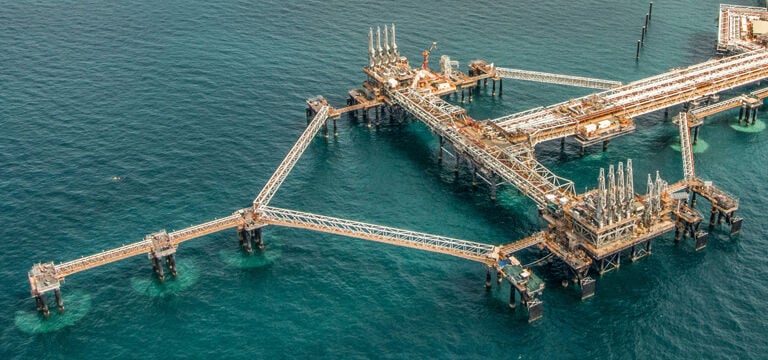Australian Chevron LNG workers’ strike unsettles global gas markets

Following unsuccessful negotiations, liquefied natural gas (LNG) workers at Chevron Corp’s key sites in Australia initiated partial strikes yesterday, a move that has unsettled global gas markets. This news spurred gas futures in Europe, causing them to leap by as much as 13%, illuminating the region’s susceptibility in the aftermath of last year’s energy crisis. Spot LNG in Asia also saw an increase.
The partial strikes, which began at 1pm Perth time at the Gorgon and Wheatstone facilities, are particularly significant as these sites provided around 7% of the global LNG supply last year. Gorgon is the world’s third-largest gas liquefaction plant by capacity. Union members of the Offshore Alliance pledged to cease work entirely for two weeks starting September 14.
The disagreement over pay, job security, scheduling and clarity on work classification has been ongoing for approximately two years without resolution. The industrial action that has now commenced signifies the climax of discussions that have been keeping markets in a state of anticipation.
The threat of strikes at the Chevron sites and Woodside Energy Group facilities was first made in early August. While Woodside has since reached a compromise with its LNG workers, Chevron and its employees remain at odds on several crucial claims.
The partial strikes of LNG workers that commenced on Friday entail a work stoppage and bans on performing overtime and some other duties.
The Offshore Alliance criticised Chevron’s negotiation tactics in a Facebook post, expressing that its members had reached their limit. Despite this, the impact of the strike on LNG shipments is not predicted to be immediate, and gas consumption is currently low in both Europe and Asia.
However, the potential for future supply disruptions has resulted in rising prices due to the risk of increased competition for cargoes during the peak demand of the northern hemisphere winter, reported Bangkok Post.
Energy analyst at Credit Suisse, Saul Kavonic, suggested that the initial LNG worker strikes were designed to create costs and inefficiencies for Chevron without significantly impacting production. However, if a compromise isn’t reached by September 14, the situation is expected to change, according to analyst Leo Kabouche from Energy Aspects Ltd.
If the strikes impact production, key Japanese buyers such as Osaka Gas Co and Tokyo Gas Co, who have stakes in Gorgon, will seek alternative sources for LNG. Tohoku Electric Power Co, which has a purchase agreement with Wheatstone, does not foresee an impact on its procurement plans for the time being.
Other major customers for Australian gas exports include China, Taiwan, South Korea and Thailand, which accounted for about 4% of Australia’s LNG exports in 2022. Europe rarely receives fuel from Australia, however, reduced LNG shipments to Asia due to strikes would increase competition for alternative cargoes.
Despite Europe’s gas prices being a fraction of what they were following Russia’s invasion of Ukraine last year, they remain high compared to pre-war levels, and most market players anticipate continued high volatility. The region heavily relies on stable LNG shipments having lost most of its pipeline-supplied gas from Russia in 2022.
Follow our latest stories on our new Facebook page: CLICK HERE.
Latest Thailand News
Follow The Thaiger on Google News:


























